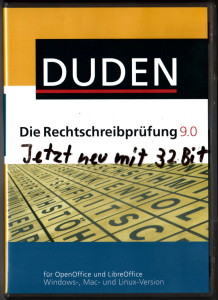HDR Foto einer Mittsommernacht in Timmendorfer Strand an der Ostsee vom Balkon des Hotel Maritim.
Nachtauchnahme morgens um 3 Uhr von der Ostseeküste.
(Bild klicken für volle Auflösung)
Ulrich König
The social TAN service provides a one-time
URL shortening service. It enables the user to keep in touch with people
she meets, using her social network profile with the security that the
shared information will only be usable for a single session for one
user. At the end of the session, the link to the information is
destroyed.
1 Introduction
Privacy-aware people nowadays do not want to be endable by everybody
in the Internet. On the other hand, they want to be able to stay in
touch with people they know. They establish new connections to people
they get to know in real life or virtual places. In the past, many
people used their full real name to and each other in social networks.
Today the majority of privacy-aware people just use their first name or a
pseudonym. The problem is that people they meet in real life are unable
to and each other in a social network if both persons are
privacy-aware. One solution could be that both persons exchange the
pseudonyms they are us- ing. Nevertheless, these pseudonyms are not
always communicated clear without ambiguities. Another way would be to
exchange the direct link to the social network profile. However, this is
not useful, because these Uniform Resource Locator(s) (URL) use to be
very long. This leads to typing errors. In addition a pseudonym, direct
link or e-mail address can be transferred to a third person who should
not get this piece of information. The social TAN service provides a
solution for this problem. It enables the user to provide a short URL
that links to one of her identities in a social network. The URL is
limited to just one user in just one session. A person who has received
such a URL can use it once to get access to the linked social network
profile. After having used that URL, it does only provide access to the
profile within the same session for a limited time. The social TAN links
will destroy itself after usage.







